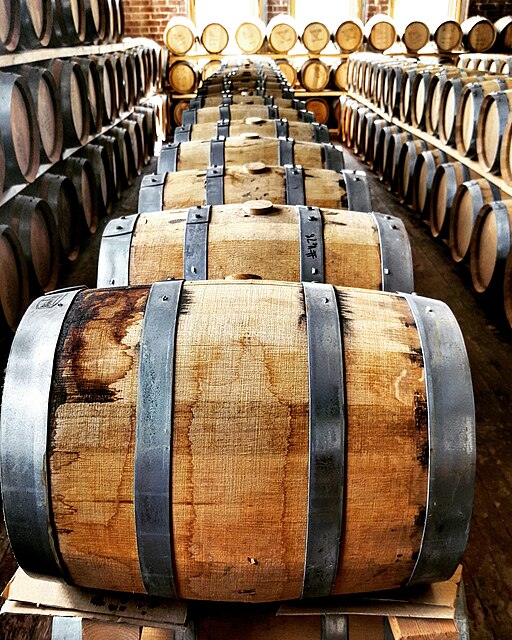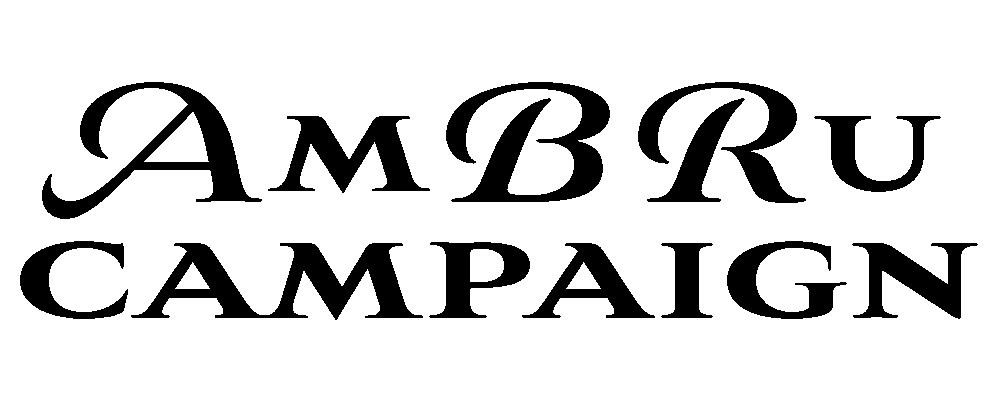
Bourbon: America’s Native Spirit and the Legacy of 1964
Bourbon isn’t just a drink—it’s a symbol of American ingenuity, craftsmanship, and resilience. On May 4, 1964, the United States Congress officially declared bourbon whiskey a “distinctive product of the United States,” a moment that cemented its status as America’s native spirit. This wasn’t just a ceremonial nod to a beloved beverage; it was a legislative milestone that shaped the bourbon industry’s trajectory and boosted its economic clout both at home and abroad. Let’s explore why and how this happened, who made it possible, and the lasting impact it’s had on the American economy.
Protecting a National Treasure
By the early 1960s, bourbon had already woven itself into the fabric of American culture. Born in the late 18th century amid the corn-rich fields of Kentucky, it evolved from a frontier necessity into a refined spirit with a global following. But as its popularity grew, so did the threat of imitation. Foreign distillers could slap “bourbon” on their labels, flooding markets with imposters that didn’t meet the rigorous standards of the real thing. This wasn’t just a matter of pride—it was an economic risk to an industry that employed thousands and fueled local economies, especially in Kentucky.
The push to designate bourbon as a uniquely American product mirrored protections already granted to spirits like Scotch whisky (Scotland), Canadian whisky (Canada), and Cognac (France). These nations had secured their spirits’ identities under international trade laws, ensuring that only products meeting strict regional and quality standards could bear those names. American lawmakers saw bourbon as equally deserving of protection—not just to safeguard its reputation, but to give U.S. distillers a competitive edge in global markets.
A Resolution Takes Shape
The journey to bourbon’s official designation began on January 24, 1963, when Representative John C. Watts of Kentucky introduced House Concurrent Resolution 57 (H. Con. Res. 57) to the 88th Congress. Watts, a Democrat from Kentucky’s 6th District, was a natural champion for the cause—his state produced the lion’s share of the world’s bourbon, and he understood its cultural and economic significance firsthand. His resolution aimed to declare bourbon a “distinctive product of the United States” and urged federal agencies to block imports labeled as “bourbon” unless they were made in the U.S.
The Senate followed suit with its own version, Senate Concurrent Resolution 19 (S. Con. Res. 19), introduced by Kentucky Senator Thruston Morton. After more than a year of deliberation, both chambers aligned on the Senate’s wording, and on May 4, 1964, Congress passed the resolution by a majority vote. Unlike a law requiring presidential approval, this concurrent resolution was a symbolic yet powerful statement of intent, directing agencies like the Treasury Department (which oversaw alcohol regulation) to enforce bourbon’s exclusivity.
The resolution laid out clear reasoning: bourbon was unlike any other alcoholic beverage, foreign or domestic, and adhered to high standards codified in U.S. regulations. Title 27 of the Code of Federal Regulations (27 CFR 5.22), administered by the Alcohol and Tobacco Tax and Trade Bureau (TTB), defined bourbon as a whiskey made from at least 51% corn, distilled at no more than 160 proof, aged in new charred oak barrels at 125 proof or less, and bottled at a minimum of 80 proof—standards that remain in place today.
Key Players in Bourbon’s Triumph
John C. Watts wasn’t alone in this fight. Kentucky’s congressional delegation, steeped in the state’s bourbon heritage, rallied behind the cause. Senator Thruston Morton, a Republican, bridged partisan divides to co-sponsor the effort, reflecting bourbon’s bipartisan appeal. Behind the scenes, the Kentucky bourbon industry—represented by distilleries like Jim Beam, Heaven Hill, and Brown-Forman—lobbied hard for the designation. These companies saw it as a way to protect their brands and expand exports, especially as bourbon’s popularity surged in the post-World War II era.
The resolution also built on decades of regulatory groundwork. The Pure Food and Drug Act of 1906 and the Taft Decision of 1909 had begun standardizing whiskey definitions, while the Bottled-in-Bond Act of 1897—spearheaded by Kentucky distiller Colonel E.H. Taylor Jr.—established early consumer protections. The 1964 designation was the culmination of these efforts, formalizing bourbon’s identity on a national stage.
A Pivotal Moment in 1964
Why 1964? The timing was no accident. The early 1960s marked a high point for bourbon’s domestic dominance—by 1963, it was America’s top-selling liquor, with distilleries producing 75 million gallons and spending over $34 million on advertising. The industry had rebounded from the setbacks of Prohibition and World War II, and Kentucky’s distilleries were firing on all cylinders. Yet, this success made bourbon a target for foreign knockoffs, prompting lawmakers to act. May 4, 1964, became the day bourbon was enshrined as a national icon, a date now celebrated by enthusiasts with a nod to “May the Fourth be with you” 😉
From Local Legend to Global Powerhouse
The 1964 designation had a profound economic ripple effect. By protecting the term “bourbon” for U.S. producers, it acted like a tariff on foreign spirits, leveling the playing field for American distillers in international trade. This boost came at a critical time, as global demand for bourbon began to climb. Exports grew steadily, and by 2019, Kentucky distilleries shipped over 30 million gallons to 126 countries, making bourbon the largest export category among U.S. distilled spirits.
In Kentucky, the economic benefits were transformative. A 2019 study by the Kentucky Distillers’ Association found that the bourbon industry supported over 20,000 jobs, generated $8.6 billion in economic output, and attracted 1.7 million tourists to distilleries annually—numbers that dwarfed those from a decade earlier. The 1964 resolution didn’t just protect bourbon; it fueled a renaissance. Production soared by 120% since 1999, and bourbon tourism became a cornerstone of Kentucky’s economy, with attractions like the Kentucky Bourbon Trail drawing visitors worldwide.
Nationally, the designation reinforced bourbon’s role as an American export, contributing to trade balances and showcasing U.S. craftsmanship. It also paved the way for later legislative nods, like Senator Jim Bunning’s 2007 resolution declaring September as National Bourbon Heritage Month, further amplifying its cultural and economic clout.
Bourbon’s Enduring Gift and a Model for AMBRU
The 1964 resolution was far more than a bureaucratic footnote—it was a bold declaration of American identity, etched into law with the grit and grace of the spirit it honored. By safeguarding bourbon as a uniquely U.S. product, it preserved a piece of the nation’s soul, connecting the rolling cornfields of Kentucky to the bustling corridors of Congress. For distillers, it was a shield against counterfeiters and a launchpad for global ambition. For the economy, it transformed a regional craft into an international titan, proving that heritage can fuel prosperity.
This legacy isn’t just a story of the past—it’s a blueprint for the future, and AMBRU stands as a shining example. Inspired by bourbon’s journey, AMBRU embraces the same principles of authenticity, craftsmanship, and pride in origin. Just as the 1964 designation elevated bourbon from a local treasure to a protected national asset, AMBRU seeks to carve its own path—rooted in tradition yet poised for innovation. It’s a model that honors the slow artistry of the barrel and the bold vision of those who dared to protect it, reminding us that the best legacies don’t just endure; they inspire.
So, the next time you pour a glass of bourbon—or perhaps an AMBRU creation—lift it high to May 4, 1964. It’s a toast to a day when lawmakers, distillers, and a humble Kentucky spirit rewrote history, leaving us a legacy to savor and a model to follow.
Related Articles
Related
Timeline And Next Steps
The AMBRU Campaign seeks federal designations for American Brandy and Rum, including Straight categories, to boost a $5–6B industry, create 5,000–10,000 jobs, and drive $1B in exports by 2035. Below, explore the timeline, challenges, market impact, and implementation...
Current Market Baseline for American Brandy and Rum
To establish a starting point for achieving the $1 billion revenue goal by 2028 for American Brandy and Rum, we assess the current (2025) annual revenue, production volume, and number of distilleries producing these spirits in the United States. The data provides a...
American Single Malt: A Blueprint for Protecting American Brandy and Rum
In a landmark decision, the Alcohol and Tobacco Tax and Trade Bureau (TTB) officially recognized American Single Malt as a distinct whiskey category on December 18, 2024, with the ruling taking effect on January 19, 2025. This milestone, achieved after nearly a decade...
